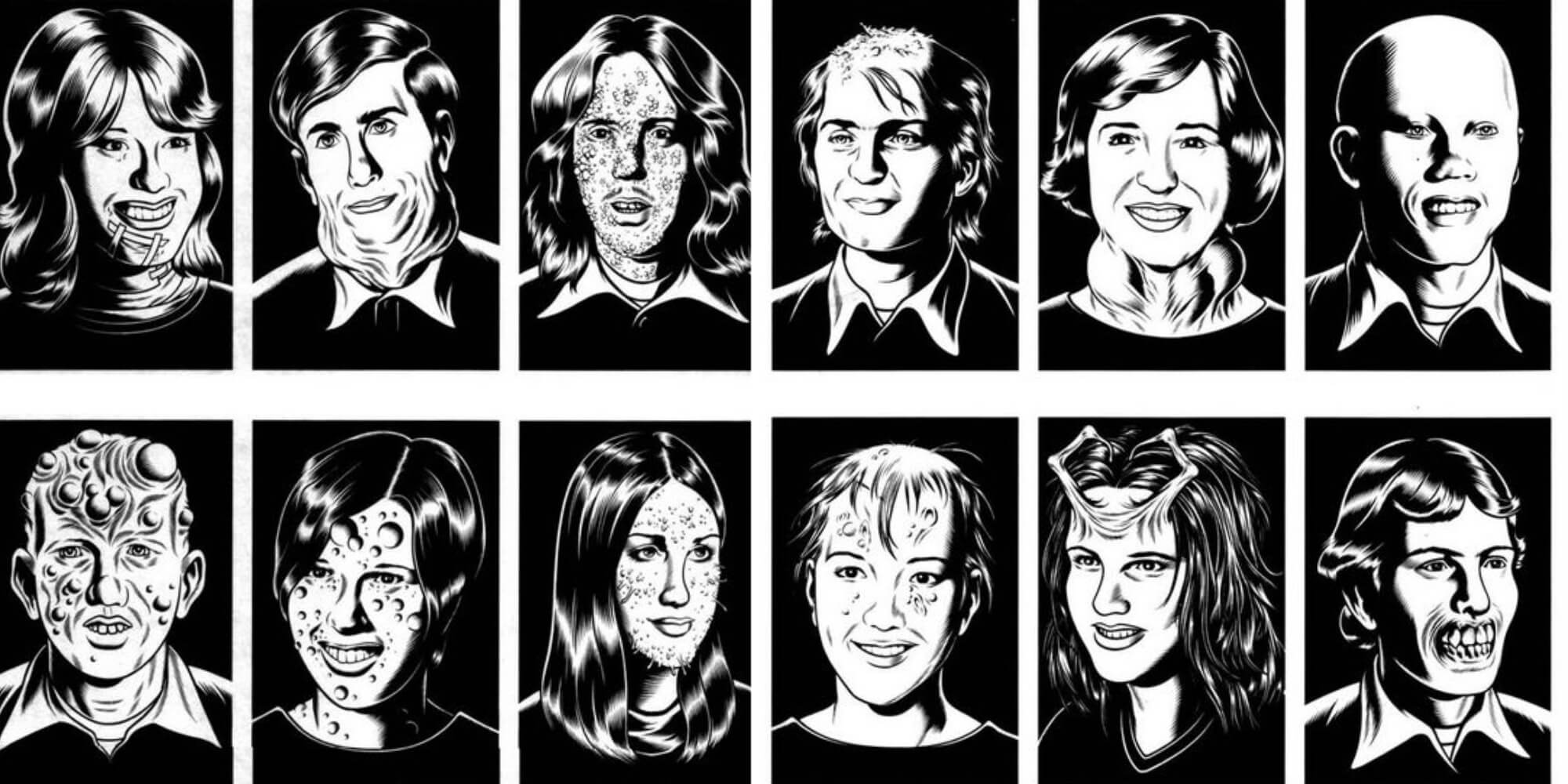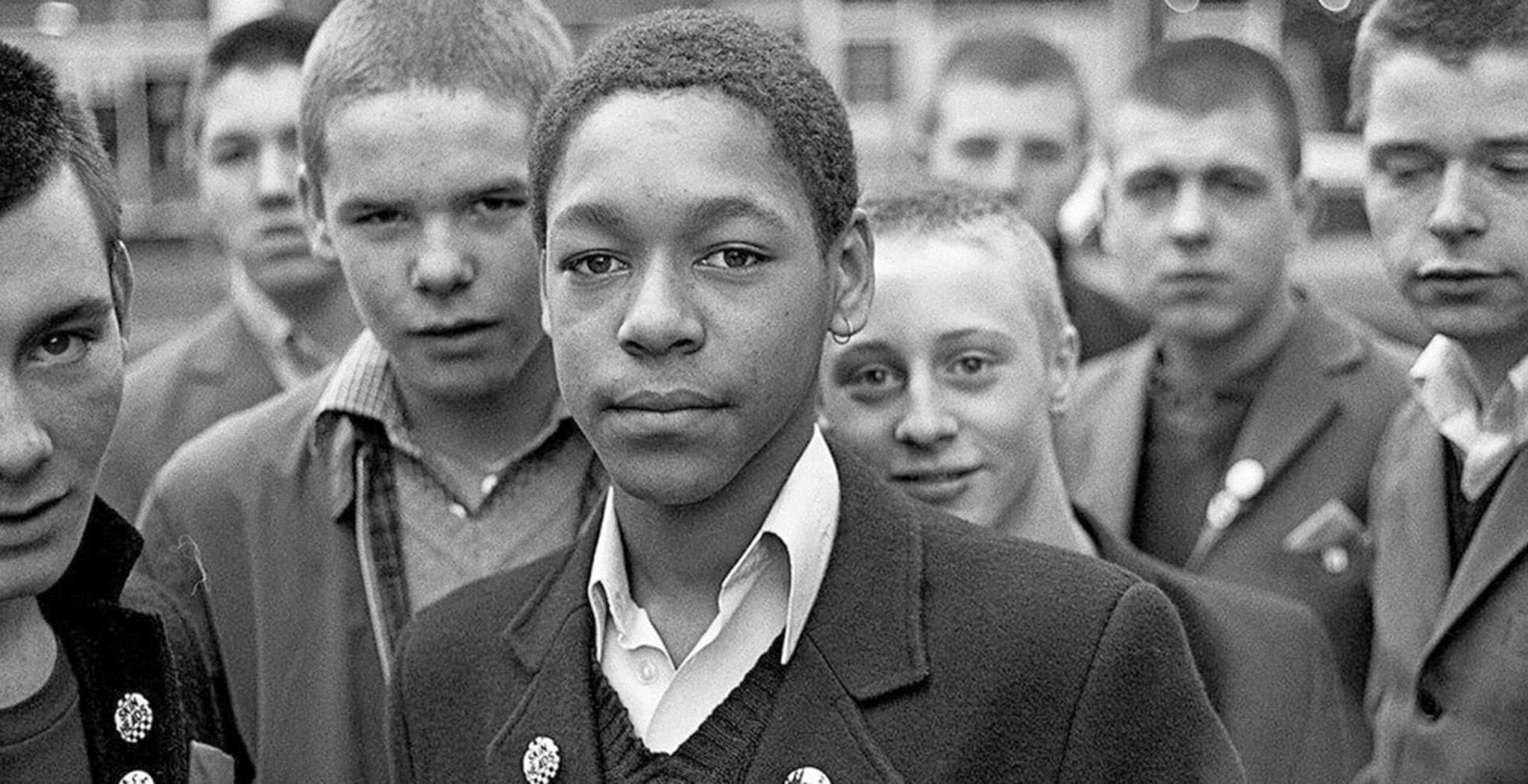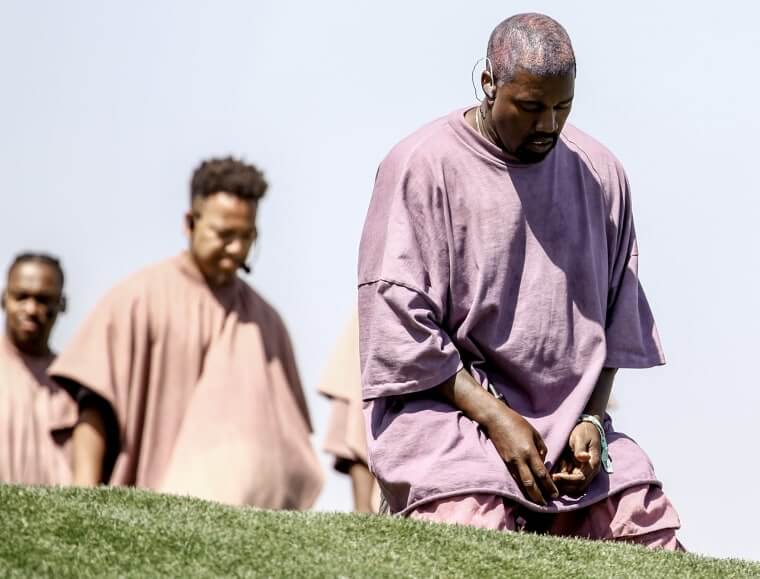Discover the groundbreaking comic book series, “Black Hole” by Charles Burns. As a Washington-born comic book creator, Burns rose to fame in the industry with his early contributions to the legendary underground comix-zine “RAW” and its publisher Francoise Mouly, working alongside famous cartoonist Art Spiegelman (known for “Maus”). Burns’ art has been widely recognized, appearing in advertising, on the cover of Iggy Pop’s album “Brick by Brick,” and even as a live-action series on MTV with his comic book “Dog Boy.” However, his most acclaimed work remains “Black Hole,” a serialized comic book released between 1995 and 2005 and winner of a Harvey Award (one of the most prestigious awards in the comic book industry, named in honor of writer Harvey Kurtzman).
Get your hands on the first issue, released in 1995, and immerse yourself in Burns’ captivating storytelling.
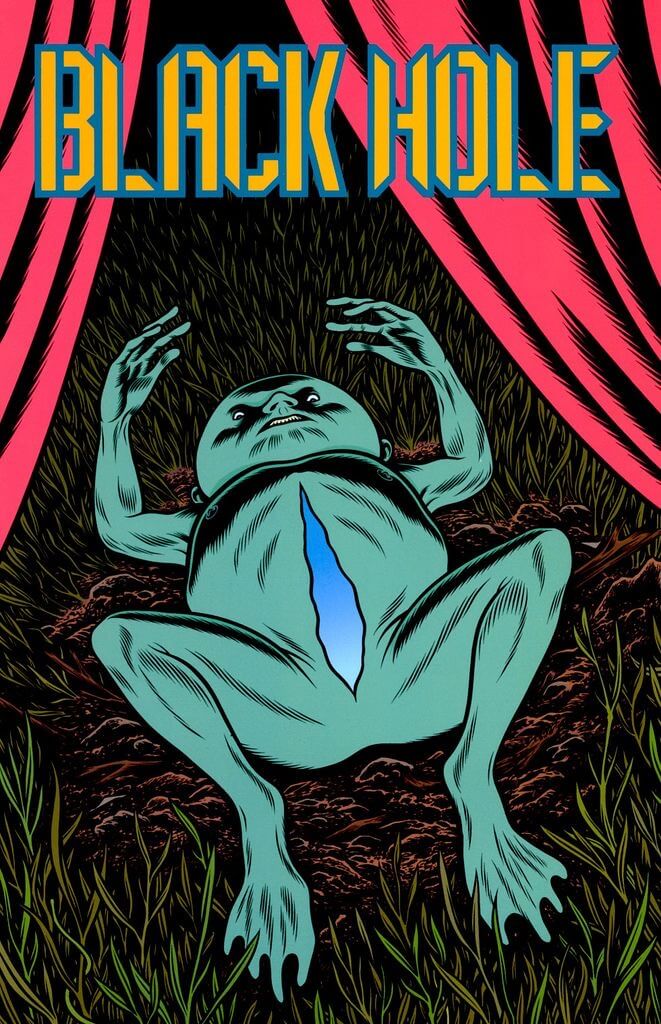
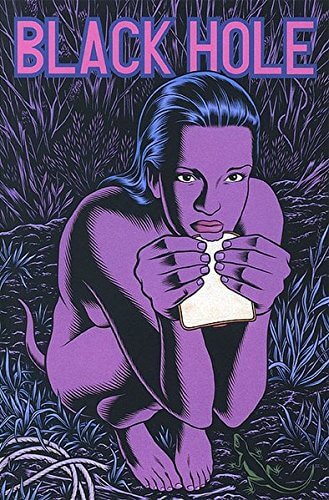
The story takes place in 1970’s Seattle and follows a group of teenagers with a focus on two of them – Chris and Keith and their stories revolving around a mysterious STD, how the contract it and of how they deal with it. The two main protagonists come from different spectrums with Chris being a popular student, while Keith is an anxiety-plagued weed smoker, who also has a crush on her. His advances are rejected by Chris, who later contracts the sexually transmitted disease known as “the bug“ at a party after having sex with another student.
The “teen plaque” as it is also referred to causes the infected to develop bizarre physical mutations, which turns them into social outcasts. The many different symptoms hereby range from growing a tail to total deformation of the face.
After realizing her infection, Chris and Rob stop talking. Keith on the other hand meets Eliza, a girl that was also infected by the bug and develops an attraction to her and vice versa. Other infected teenagers from all over town contract “the bug“ and gather into the woods to build a new community and find a new life. After Rob runs away from home to find shelter with the other outcasts, he and Chris renew their relationship. Keith and Eliza – after staying away from having sex even though their attraction towards each other – sleep with each other getting Keith infected, too.
Soon after infected teens start disappearing and everything hints to murder…
To tell the story full of body horror, Burns uses thick woodcut-like drawings and no color and uses the bizarre mutations the protagonists go through as a symbol for sexual awakening and the transition into adulthood – the most difficult time in life.
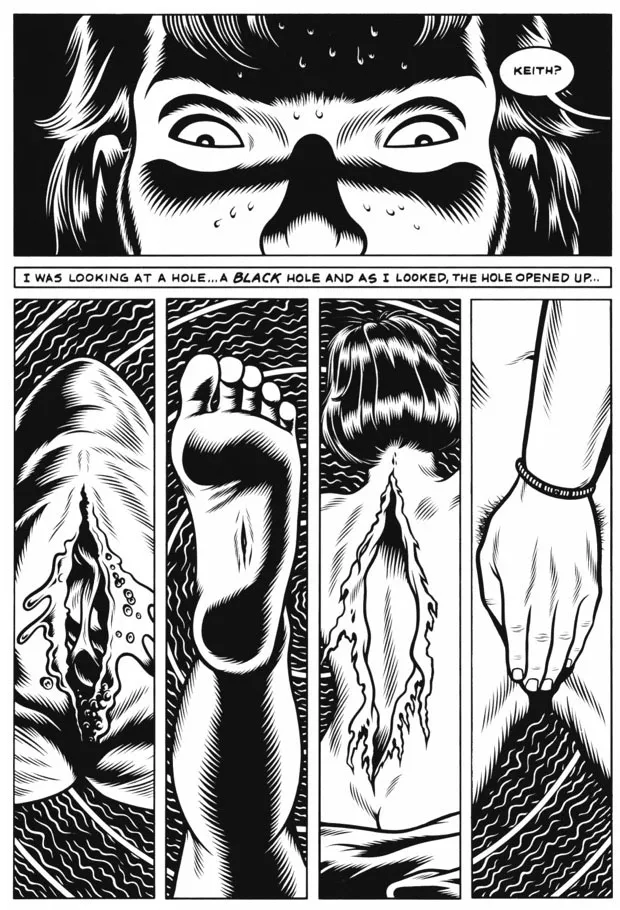
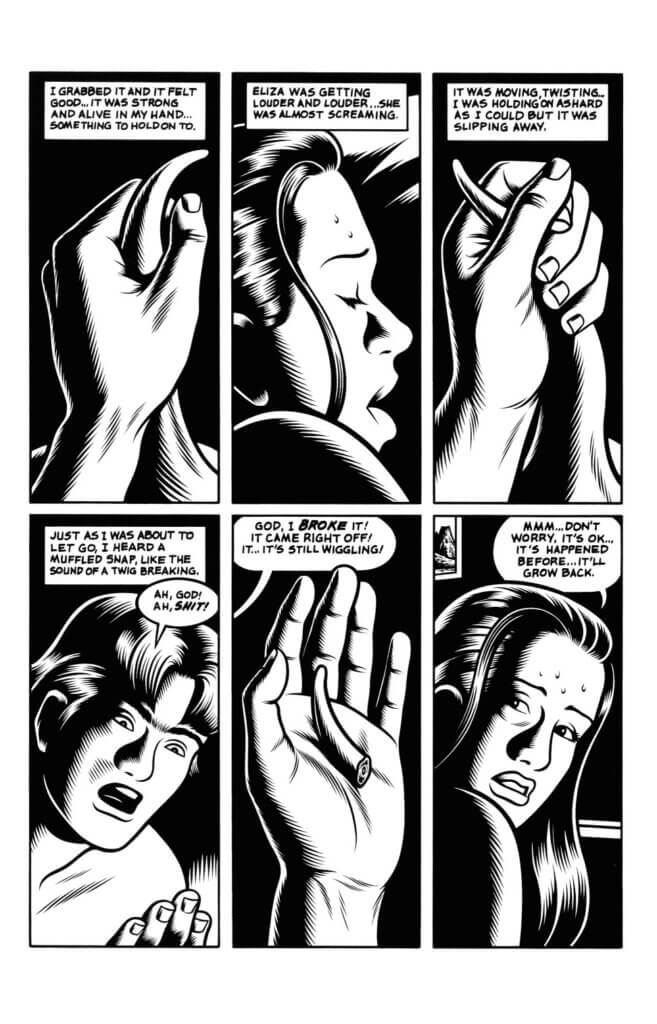
Described as “more of a romance than a horror story“, Burns found inspiration in 1950’s and 1960’s romance comics, while still telling the story of alienation in shocking pictures.
The whole series has been re-released as a paperback and due to Burn’s unique handling of topics like teenage sex, love, the transition into adult life and anxiety, the outstanding drawing style and the storytelling with different narrators changing over the course of the story, Black Hole has also become a staple in Literary Studies at universities and as go-to literature for teenagers worldwide.
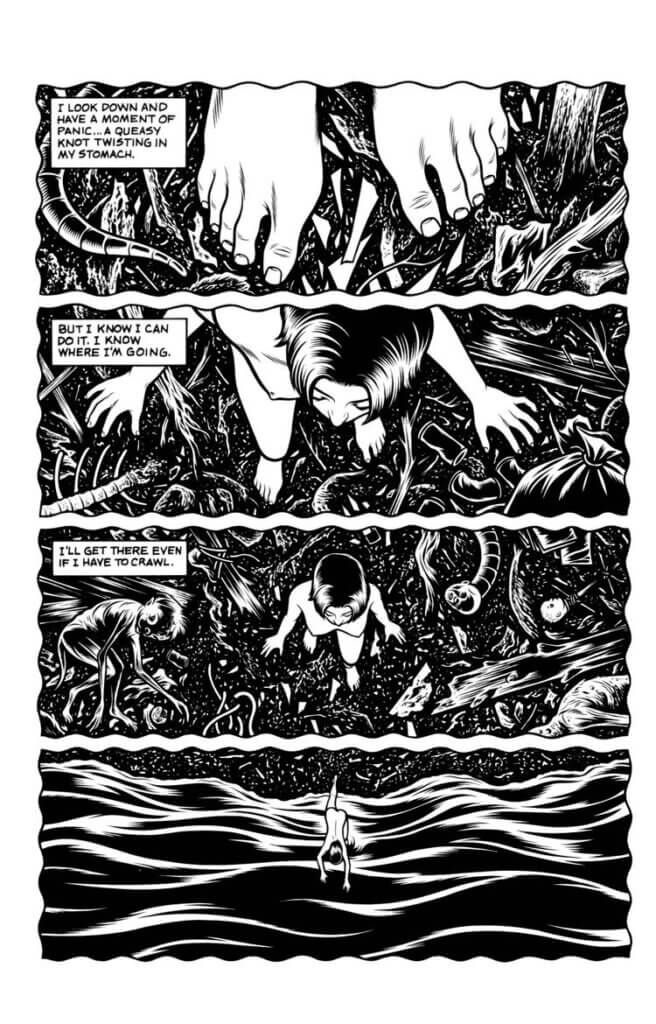
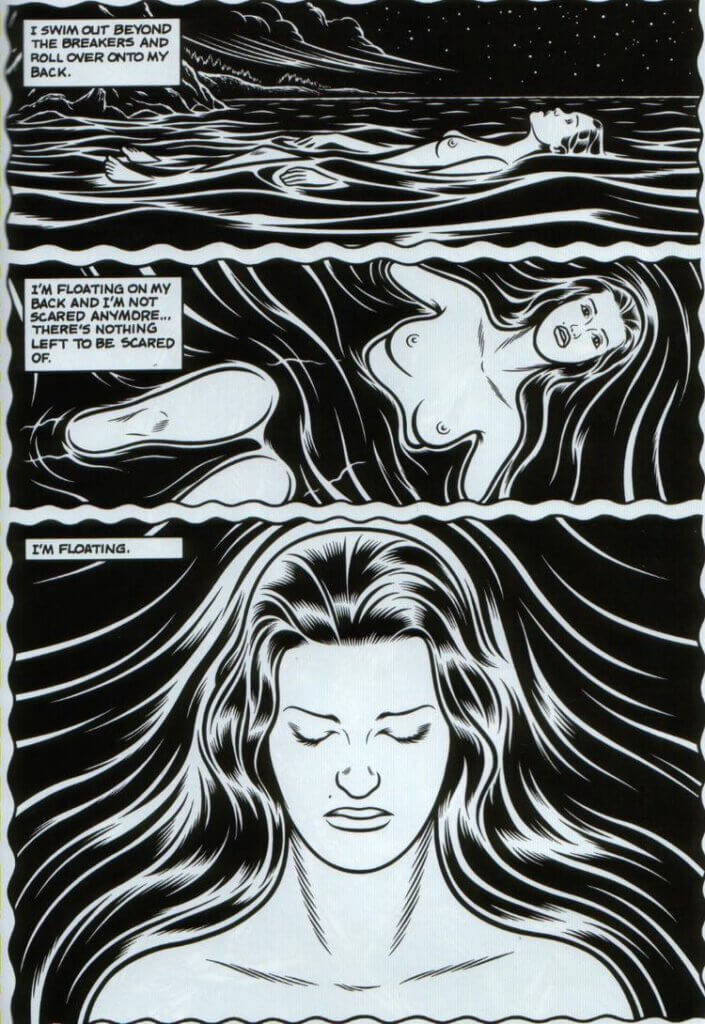
Until now no movie adaption was released, even though directors like Alexandre Aja (High Tension), David Fincher (Fight Club, The Social Network) and even Neil Gaiman (The Sandman) showed interest in bringing the story to the big screen.
Reading Black Hole is a unique experience because of the book’s honest portrayal of teenage feelings of love and fear and is definitely worth a read, even if you already outgrew the “mutation called growing-up”.
On another note: Black Hole made it’s big screen debut in 2014 as an integral plot point in Matt Reeves’ Dawn of the Planet of the Apes. Because even after the coming uprising of the apes, one problem will not go away- puberty.








